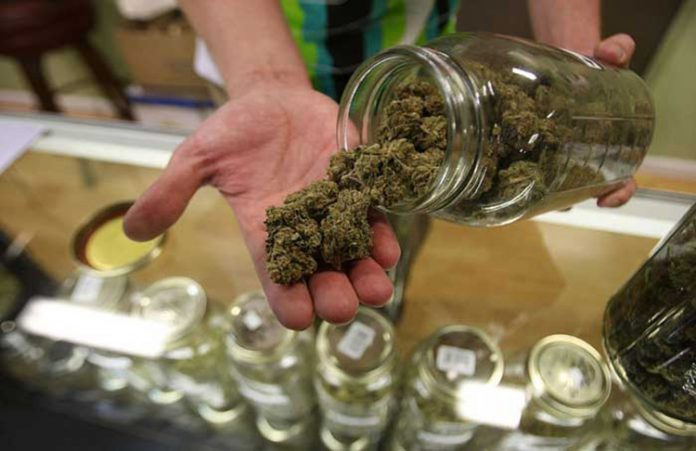When it comes to marijuana policy, New Hampshire legislators continue to comb through a slew of what-if scenarios.
The review, and debate, comes on a couple of fronts:
•The House Ways and Means Committee holds a public hearing today on a bill to legalize recreational pot – which the full House endorsed last month. Though only a preliminary step, advocates hailed it as something of a watershed moment.
•Meanwhile, a commission charged with studying marijuana legalization heard Monday from Paul Morrissette, a businessman who advocates for legislation that he says would position the Granite State and identify where cannabis can be grown legally.
If, that is, the state ever legalizes marijuana.
“Even if you against cannabis legalization you can and should support where it would be commercially grown if it ever becomes legal in New Hampshire,” Morrissette said. “It is simply common sense, wisdom, and prudence to protect New Hampshire farmers’ interest.”
The commission, which is studying impacts of regulation and taxation, will file its report by November.
The bill before the public hearing today would permit an adult to possess up to three-quarters of an ounce of marijuana and grow up to six plants. As sent to Ways and Means, the bill does not currently proposed a tax; nor does it propose creation of a commercial marijuana market.
Rep. Renny Cushing, D-Hampton, a supporter of the legislation, compared it to a Vermont bill recently signed into law.
Matt Simon, New England political director for Marijuana Policy Project, says the committee should leave this bill alone, since the full House passed it and the proposal does not have a tax implication.
He says the study commission is effectively working in tandem with the legalization legislative effort.
“I see this commission as really working on the second stage of legalization, which is how should we regulate and tax cannabis when it does become legal in the state,” Simon said. “And HB 656 is a very simple first step – it would just eliminate penalties for possessing small amounts and growing small amounts.”














